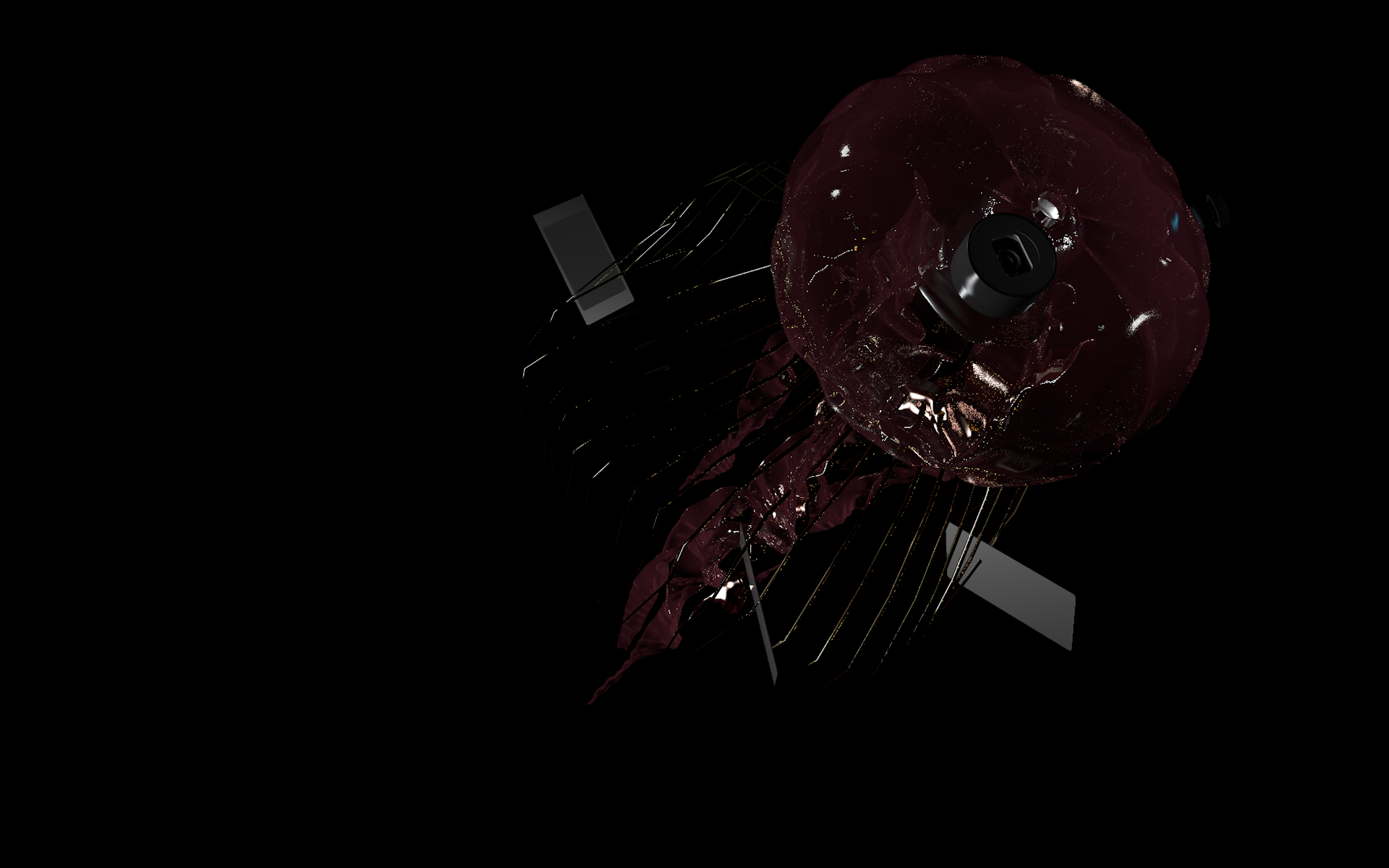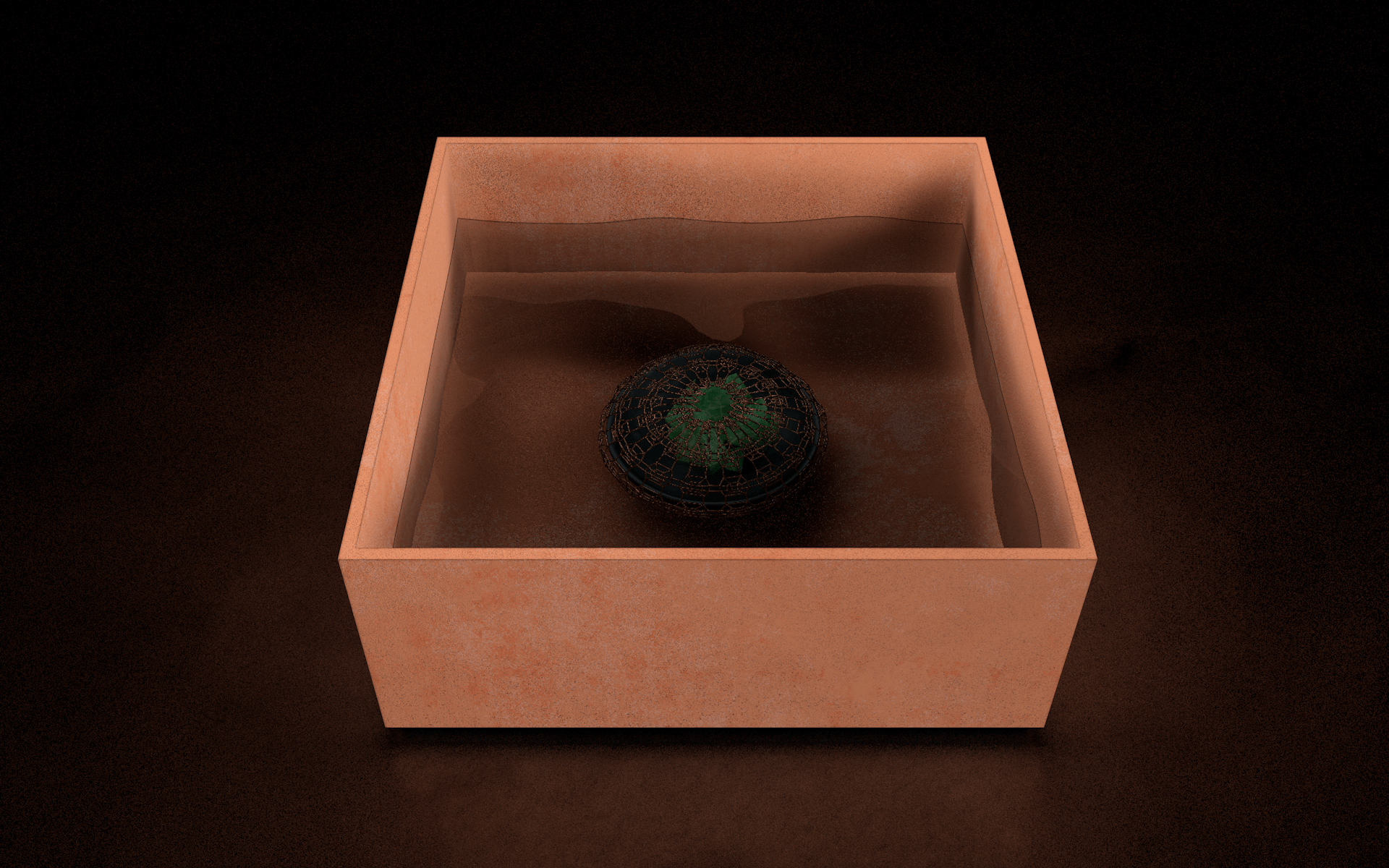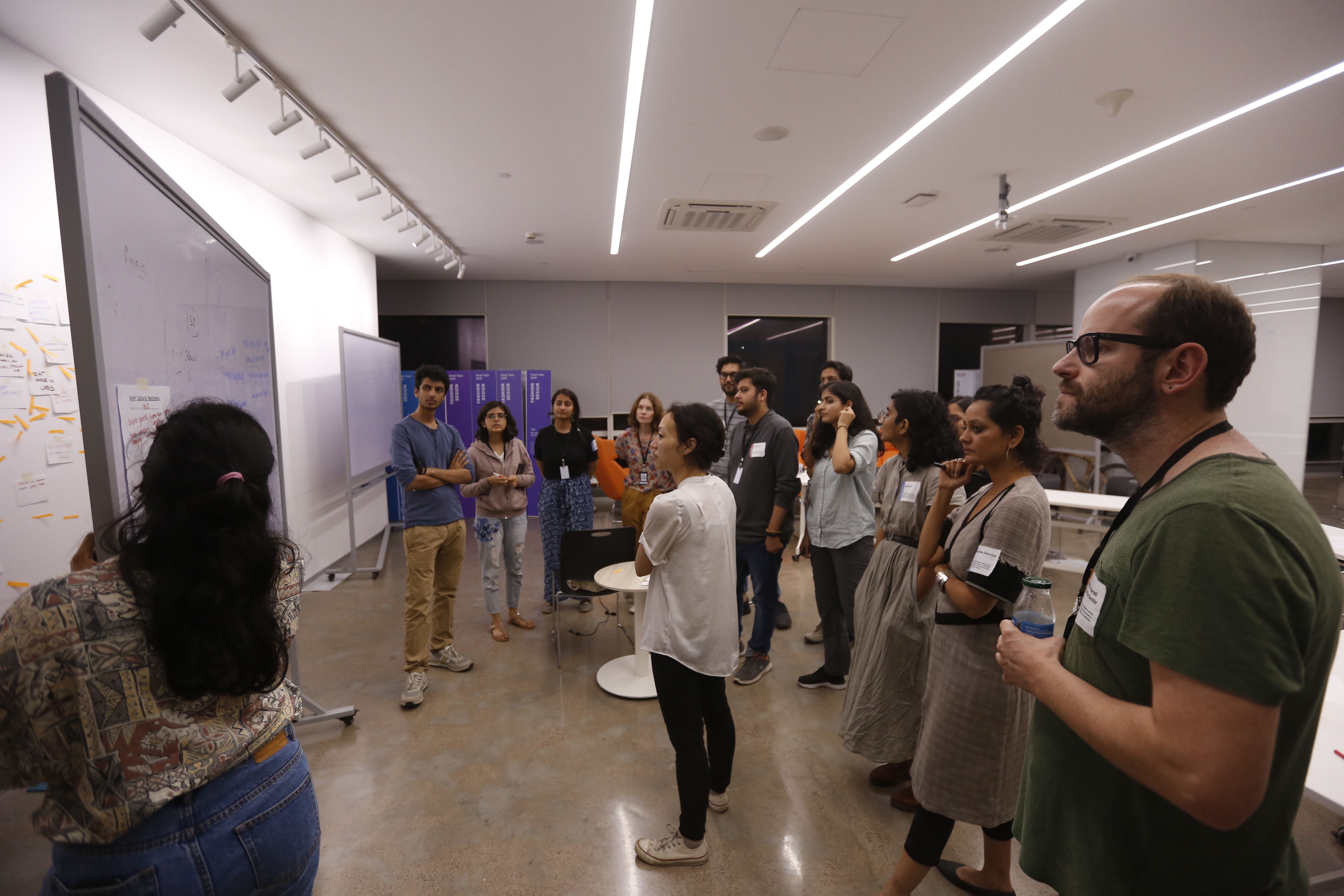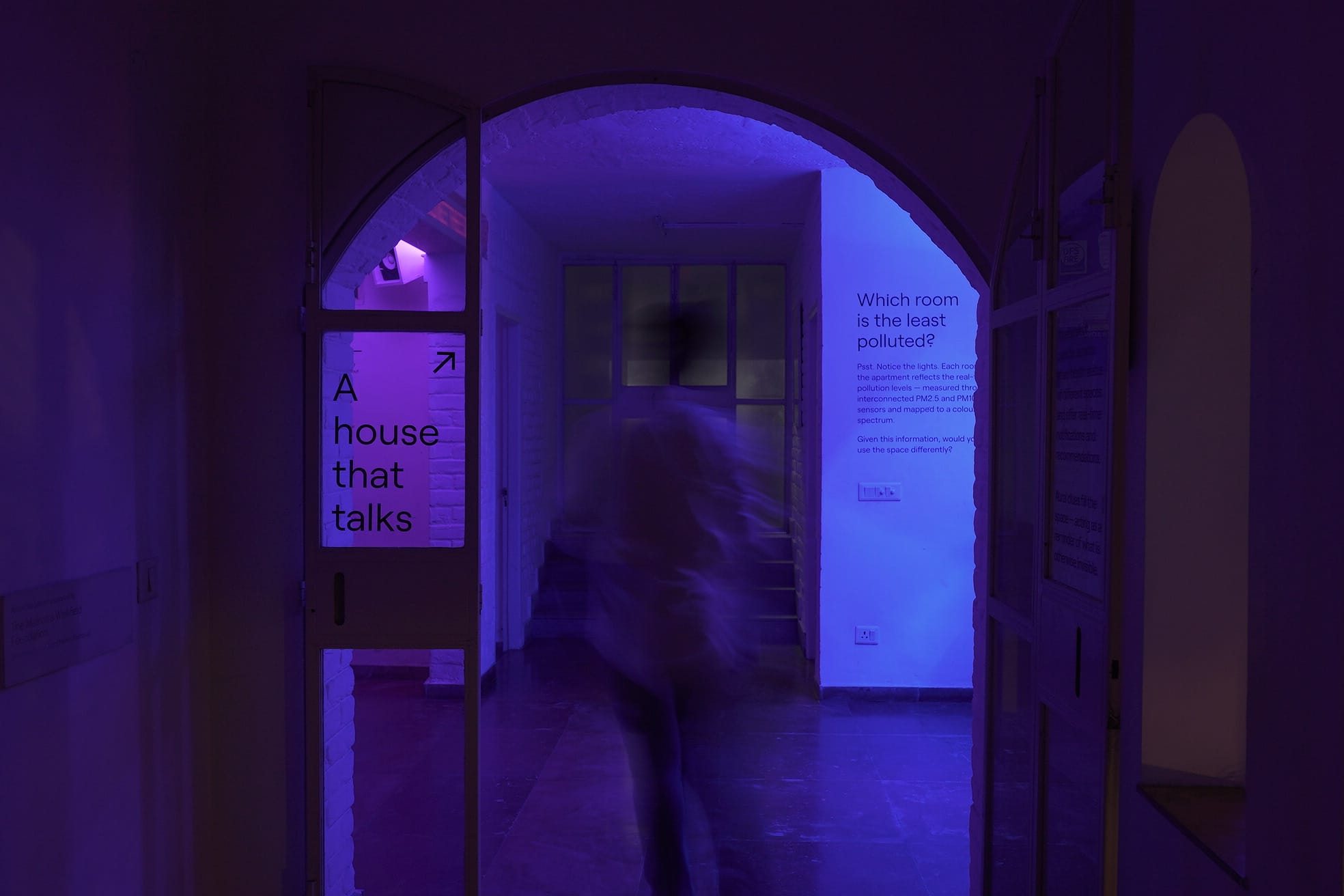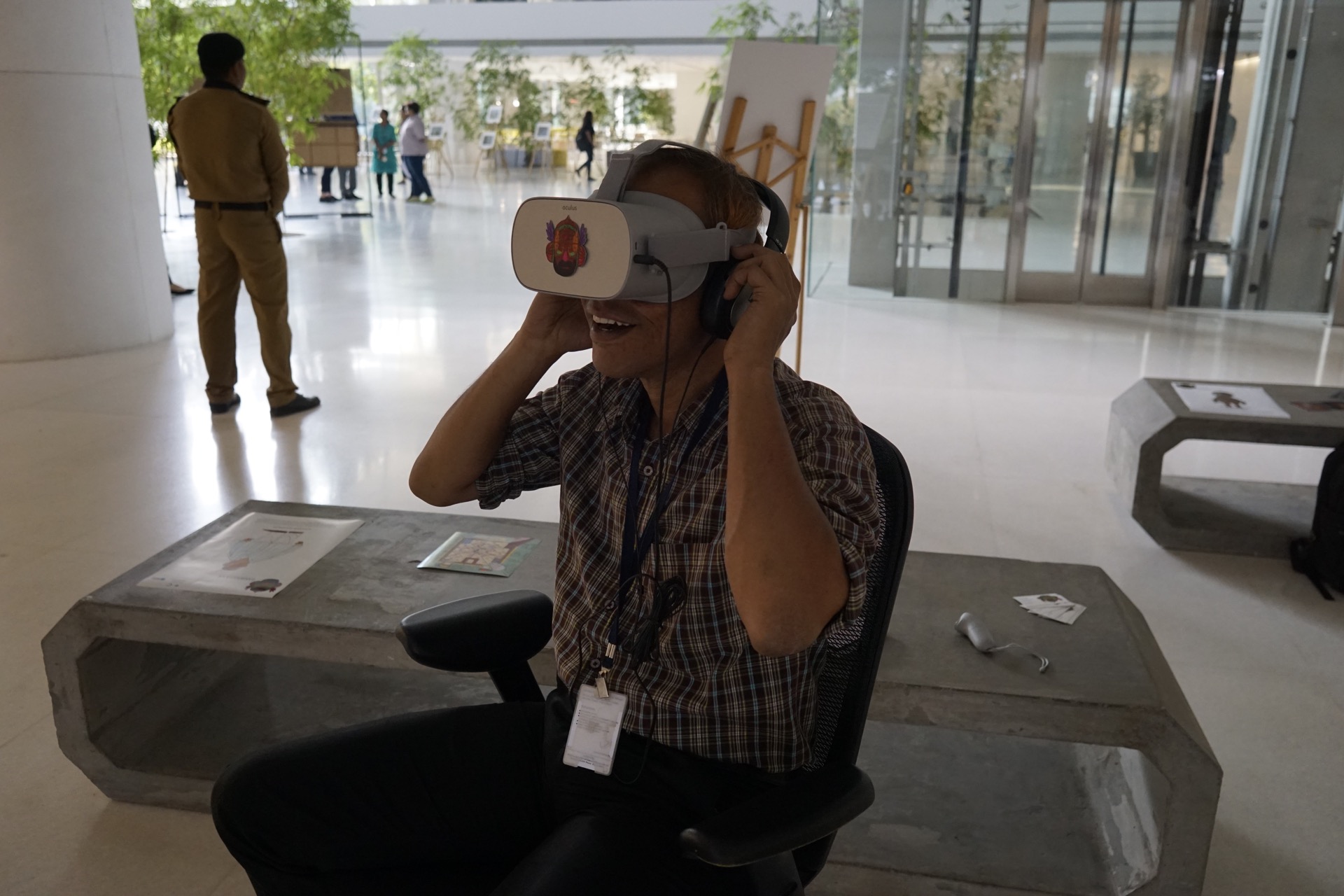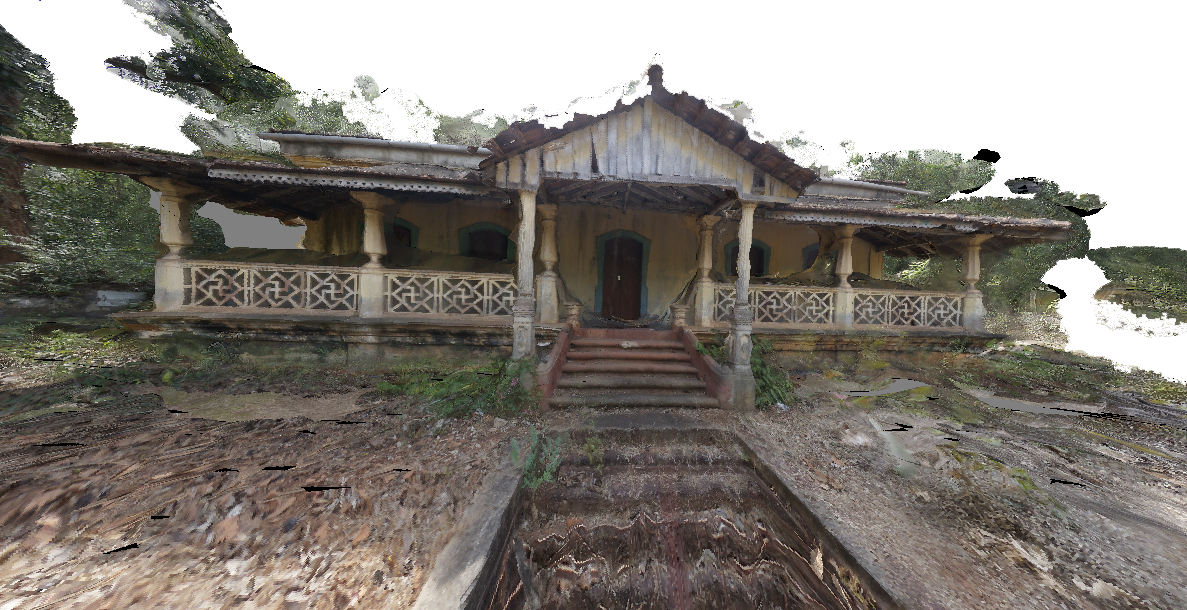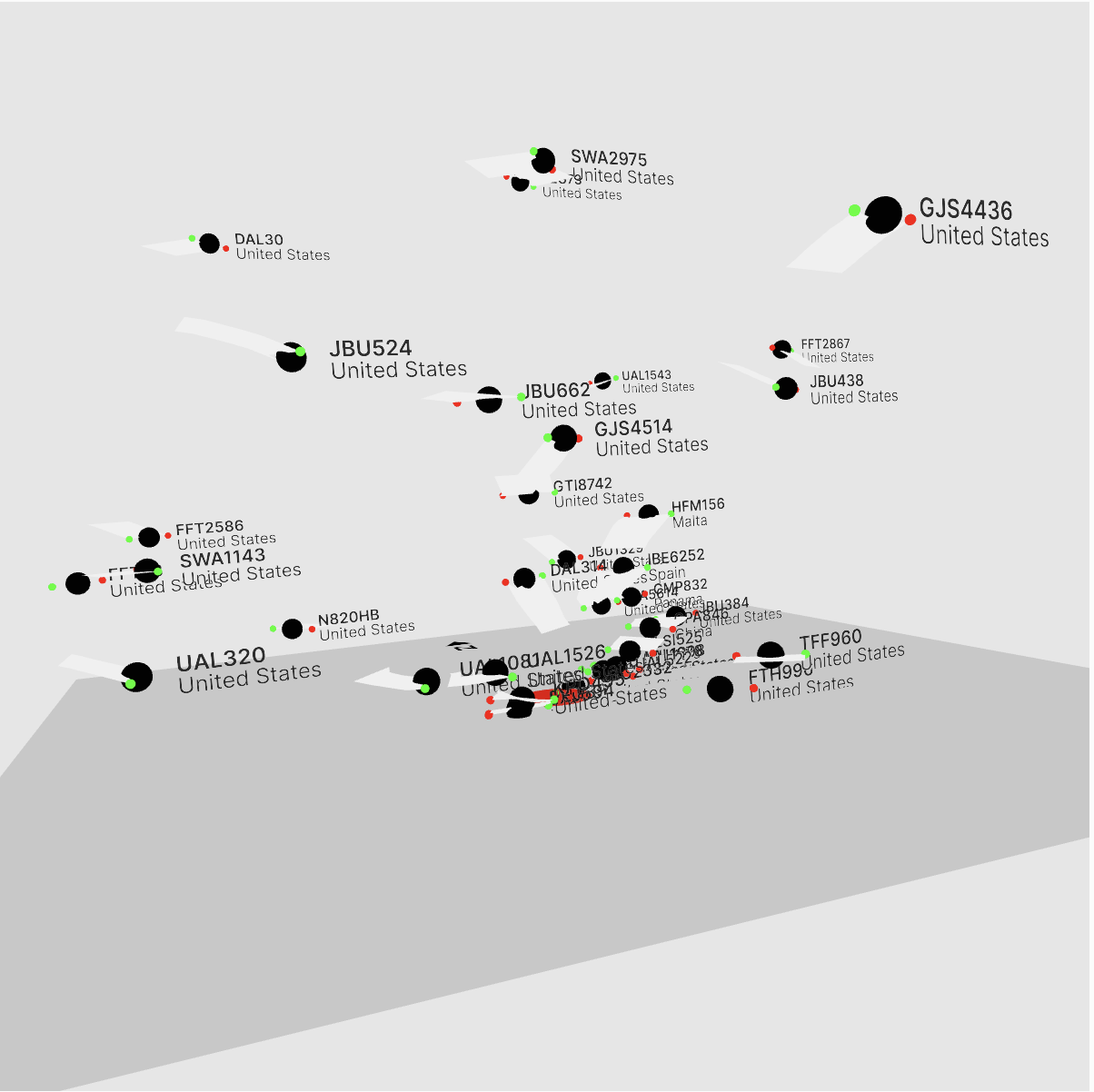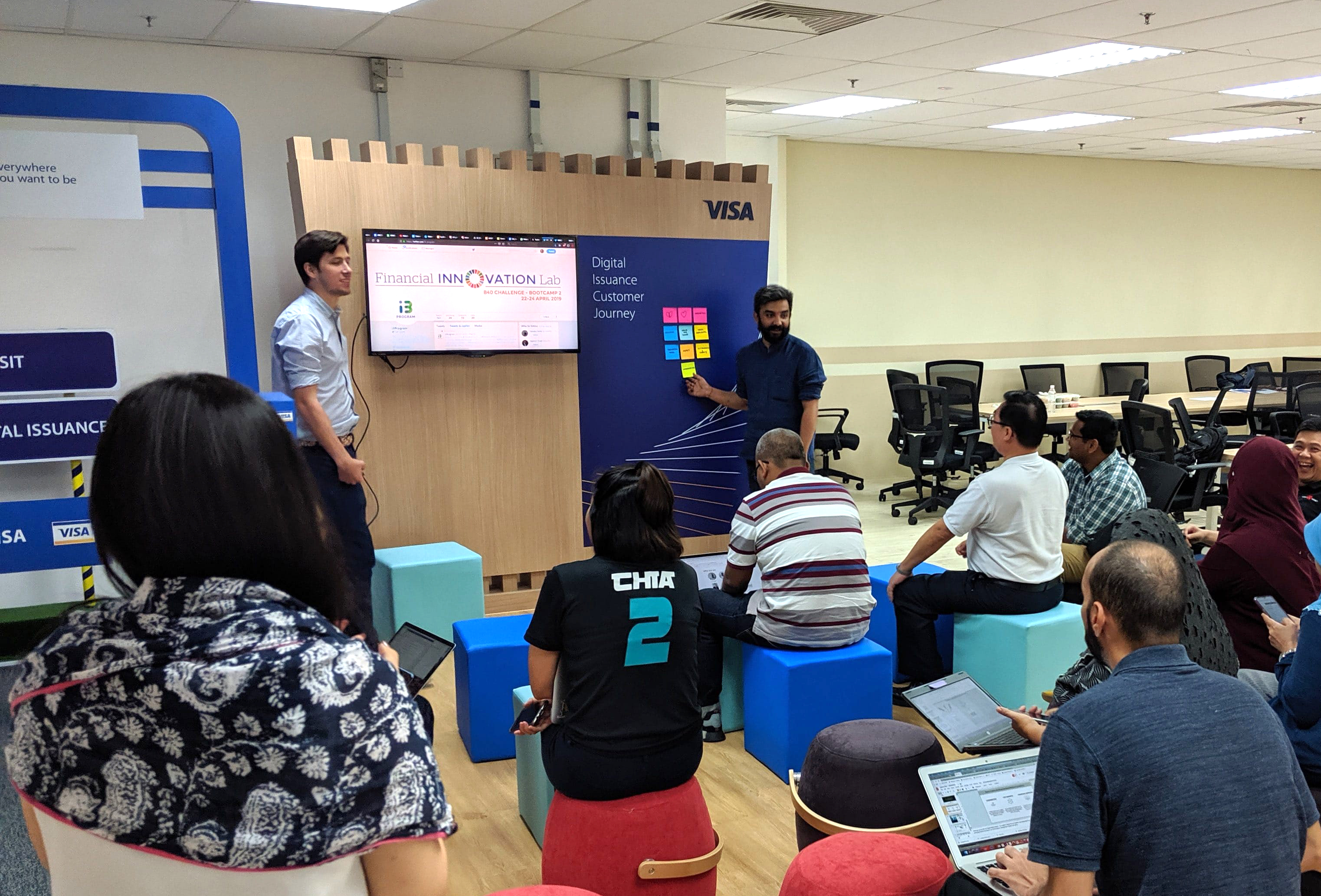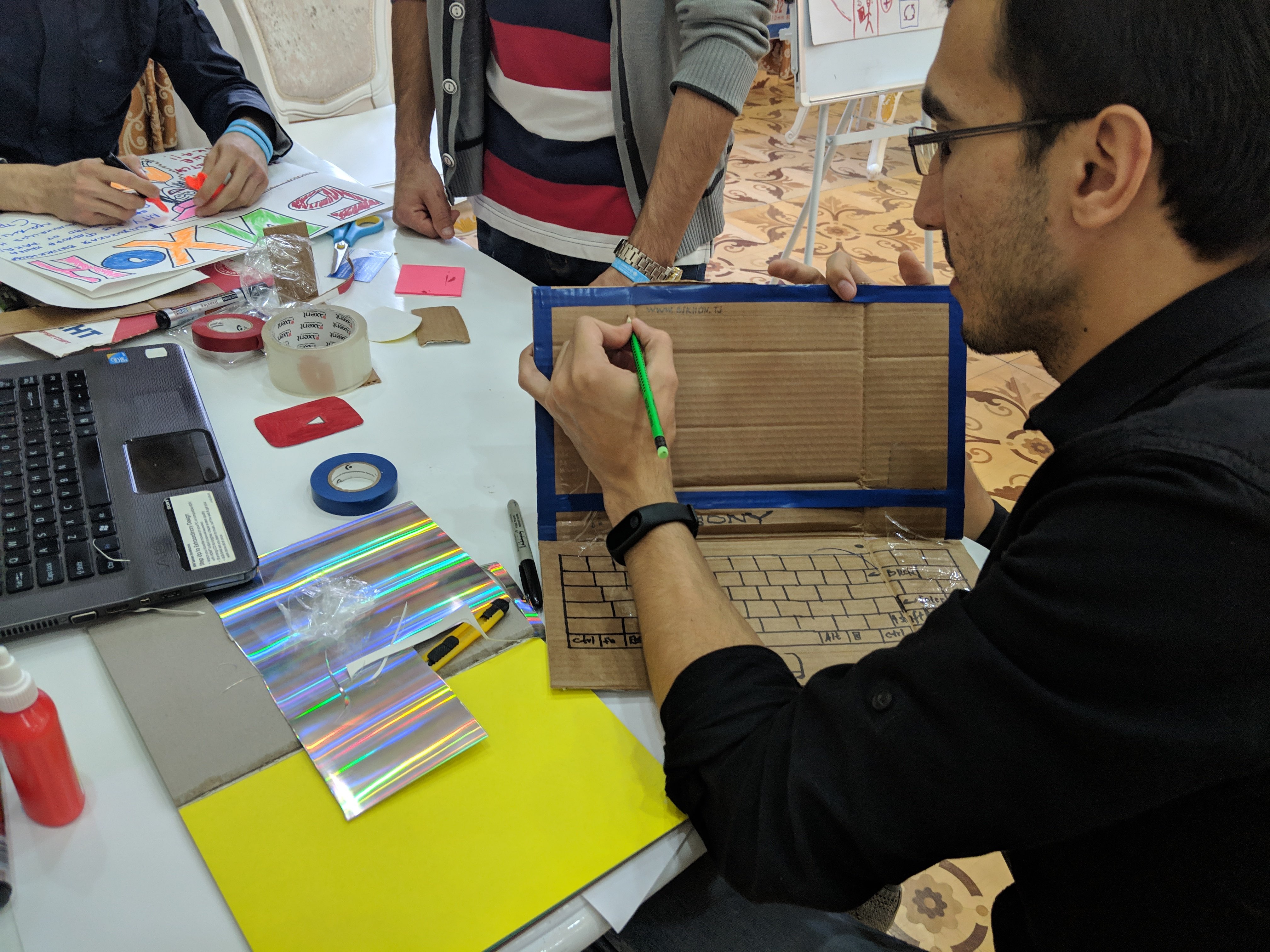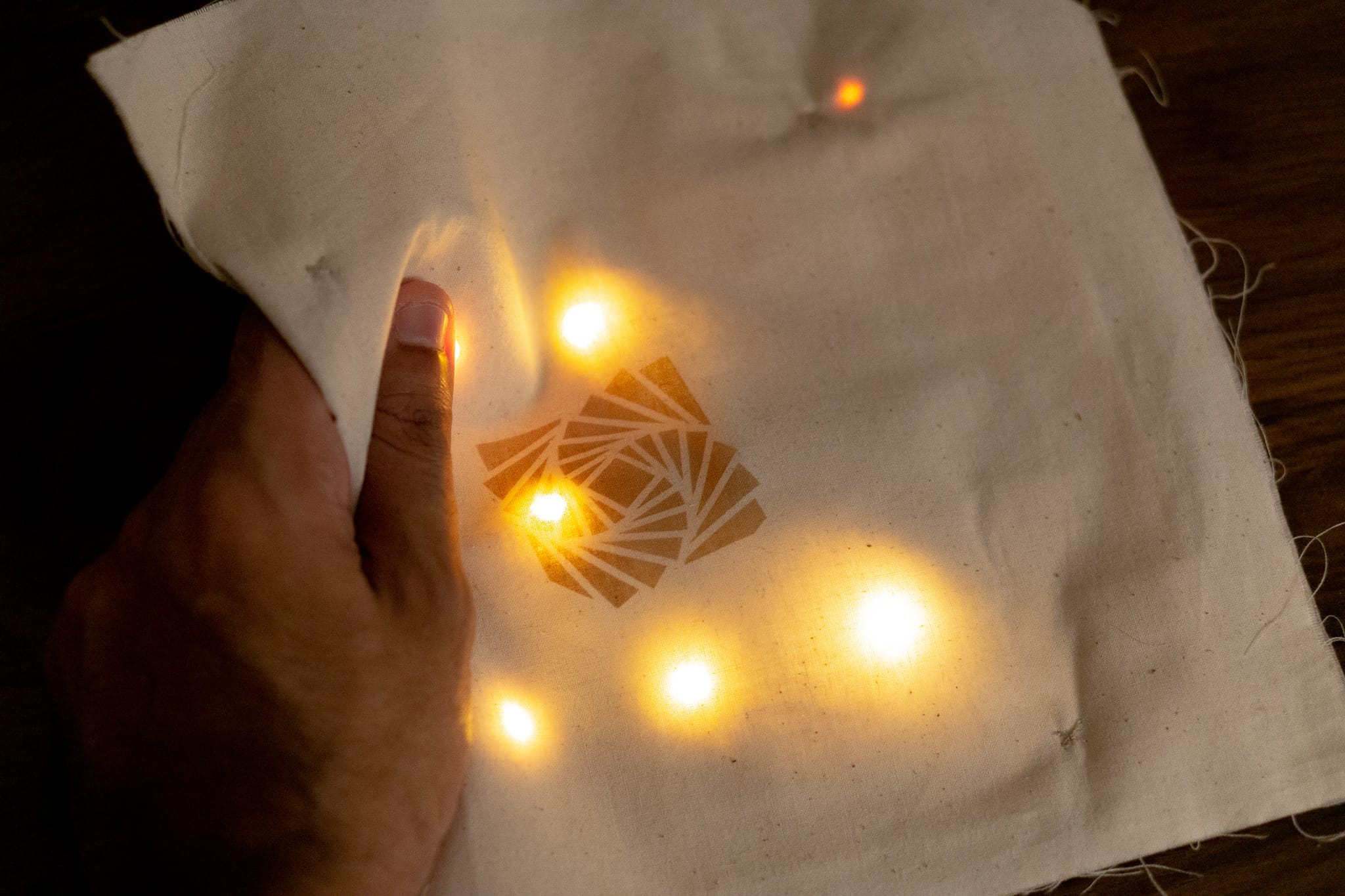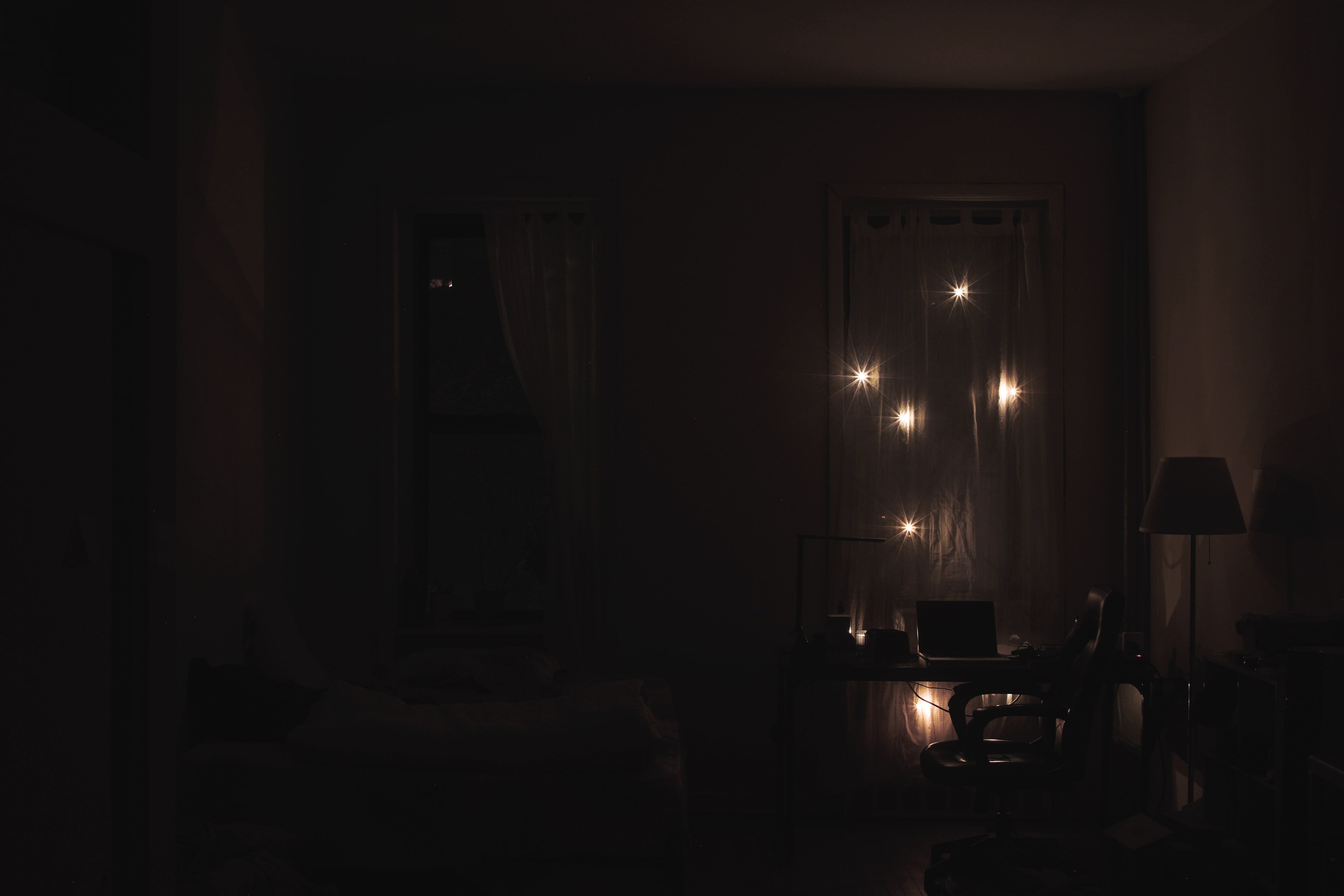Salil Parekh is a designer, artist, and futurist. He currently working as a Senior Design Strategist at EY wavespace in New York, solving complex challenges and accelerating innovation.
Retrospective
A retrospective is to look back at events that have taken place in the past. The process of retrospection is a useful one, as it allows me to reflect on my work and try to figure out what I want to be doing in the future. I do not have a profession I can identify with, or a line of work that I know I want to be doing. I like making things, and hopefully this auto-retrospection will allow me, or you, the viewer of this page to glean insights into what I should be making in the future.
This retrospective attempts to capture from my archive the things I have found interesting, enjoyed the process of making, and the important failures. These have been grouped into larger themes or threads: Speculations, Experiential Narratives, Digital Fabric, Design Thinking, and Physical Computing
If you see something, say something at hello@salilparekh.work.
Thread
Speculations
A common thread through my projects is that of speculation, or trying to create something that doesn't exist. Speculative design gives me the license to daydream and try to make the fanciful things that I draw out in my notebook. The license however, doesn't guarantee that you'll do a good job of it, and I've come to realise that although it's easy to make speculative creations, they may not necessarily be successful at telling the stories I want to tell.
Speculative design requires the mastery of narrative gymnastics, a subtle yet effective communication–which is not easy to pull off. Even if I'm not satisfied with the things that I create (like the The Planetary Bureau), the process is always incredibly enlightening as I learn so much while iterating.
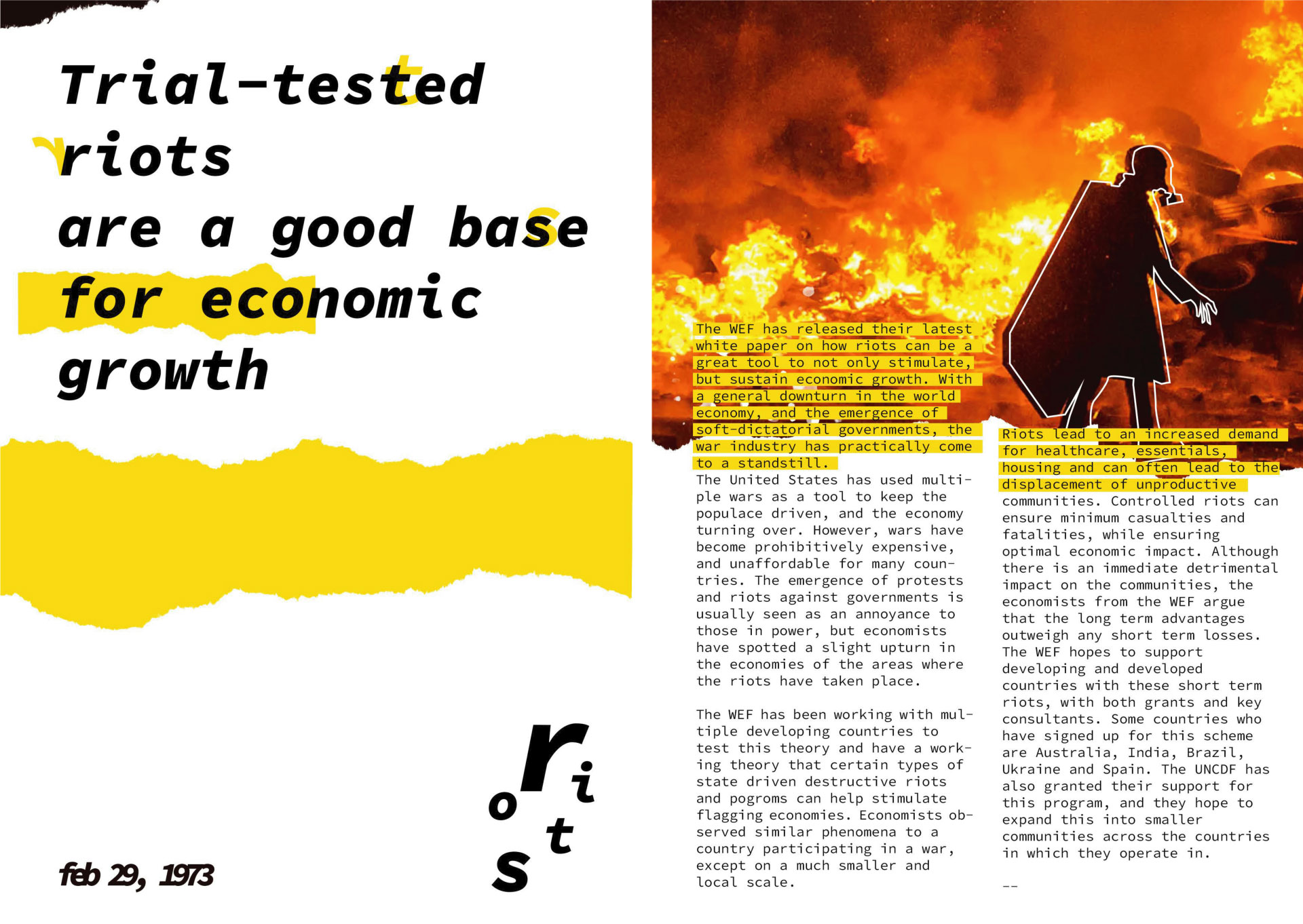
"Trial-tested riots are a good base for economic growth" / Helf and Caree / 202
A GPT-2 natural language processing machine learning algorithm trained on a set of headlines from a major news outlet was used to generate headlines, some of which were chosen as writing and illustration prompts for the zine 'Helf and Caree'. The results were deranged and spectacular.
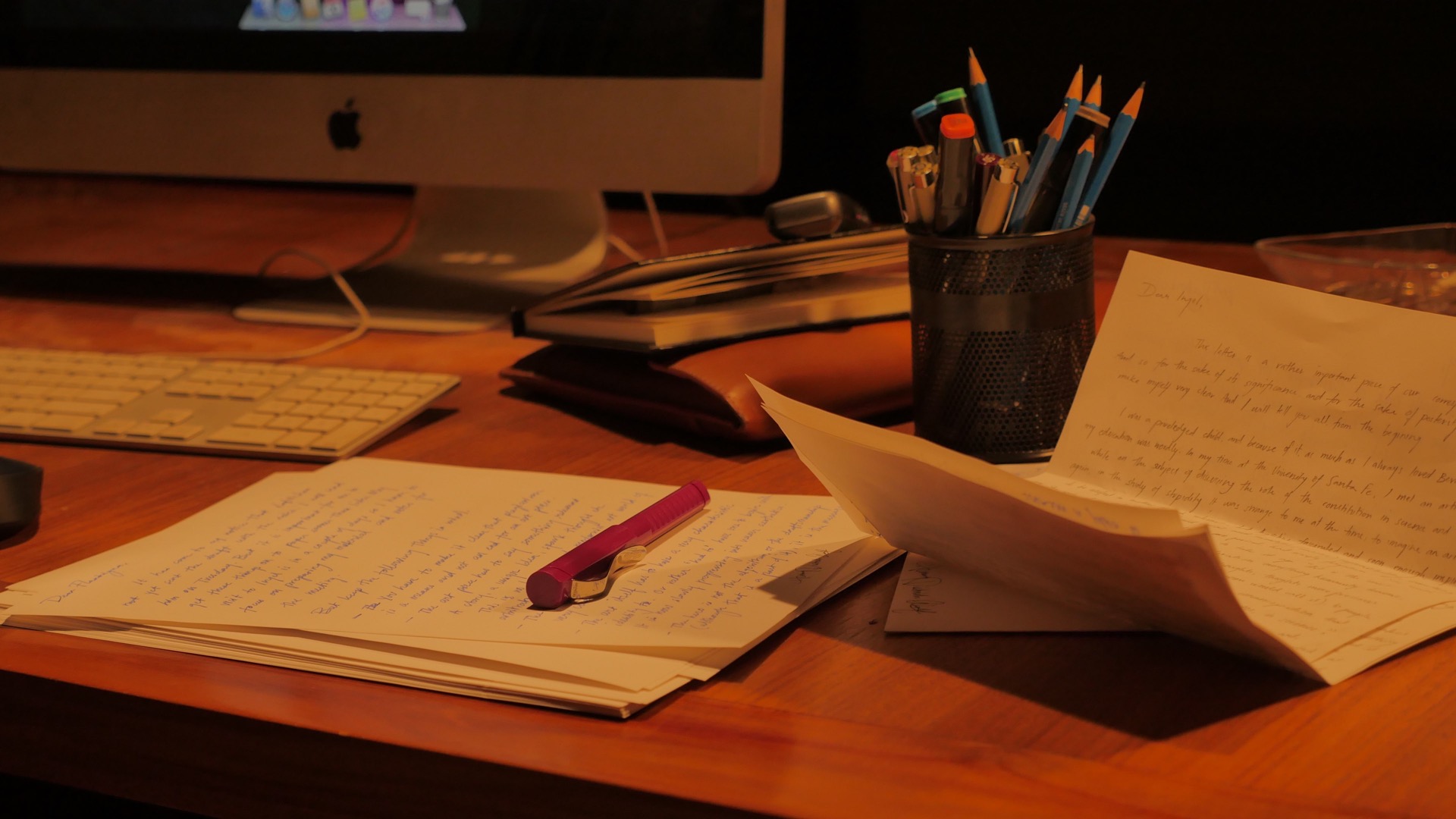
Desk of Henry Dietrich Wolf / Holoplagiaristic Fatalism / 2016
Speculating on the future of art, art movements and the world it occupies through the medium of exhibition and scenography. The office of the founder of the founder of this speculative art movement was created in exquisite detail, allowing viewers to piece together the story as they explore.
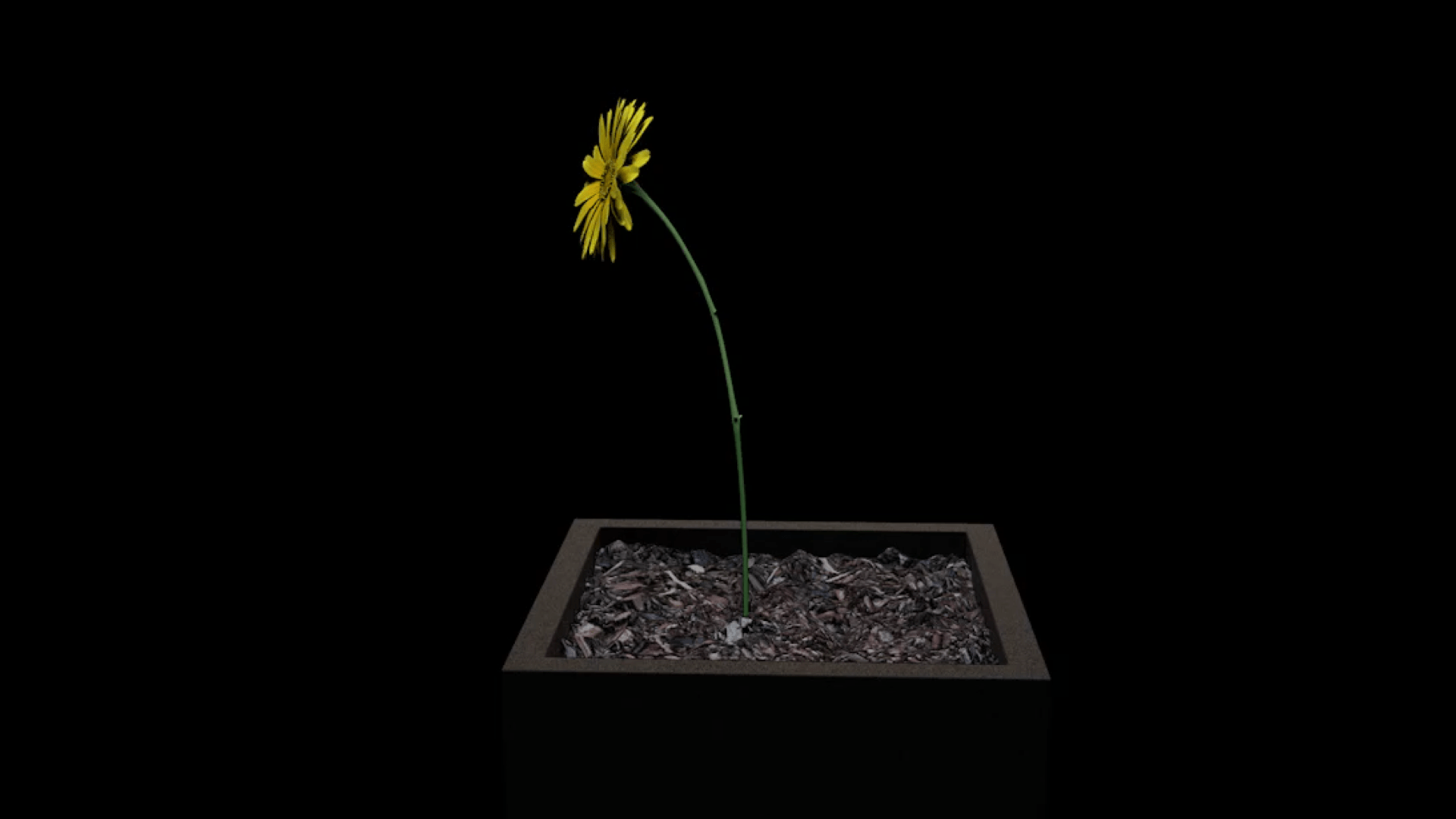
Sunflower Time / Heliotropic Horology / 2022
What would time look like if it were anchored to the beat of a sunflower? Heliotropic Horology explores how timekeeping would change and the various changes we'd need to make in order to live to a rhythm set by another species.
Thread
Experiential Narratives
I studied Exhibition Design, the study of storytelling through physical spaces at the National Institute of Design (NID) while getting my Bachelor of Design. I'll be honest, it's not what I wanted to study but the department at NID allowed me to do so much more than advertised. I learnt how to craft narratives in multiple dimensions, using a wide variety of mediums and storytelling devices. This ended up being incredibly useful in everything I do now: creating virtual spaces in extended reality, facilitating research sessions, hosting workshops, immersive exhibits and so much more.
What started out a side-step, became a very valuable tool in my arsenal and something I deeply enjoying practicing.
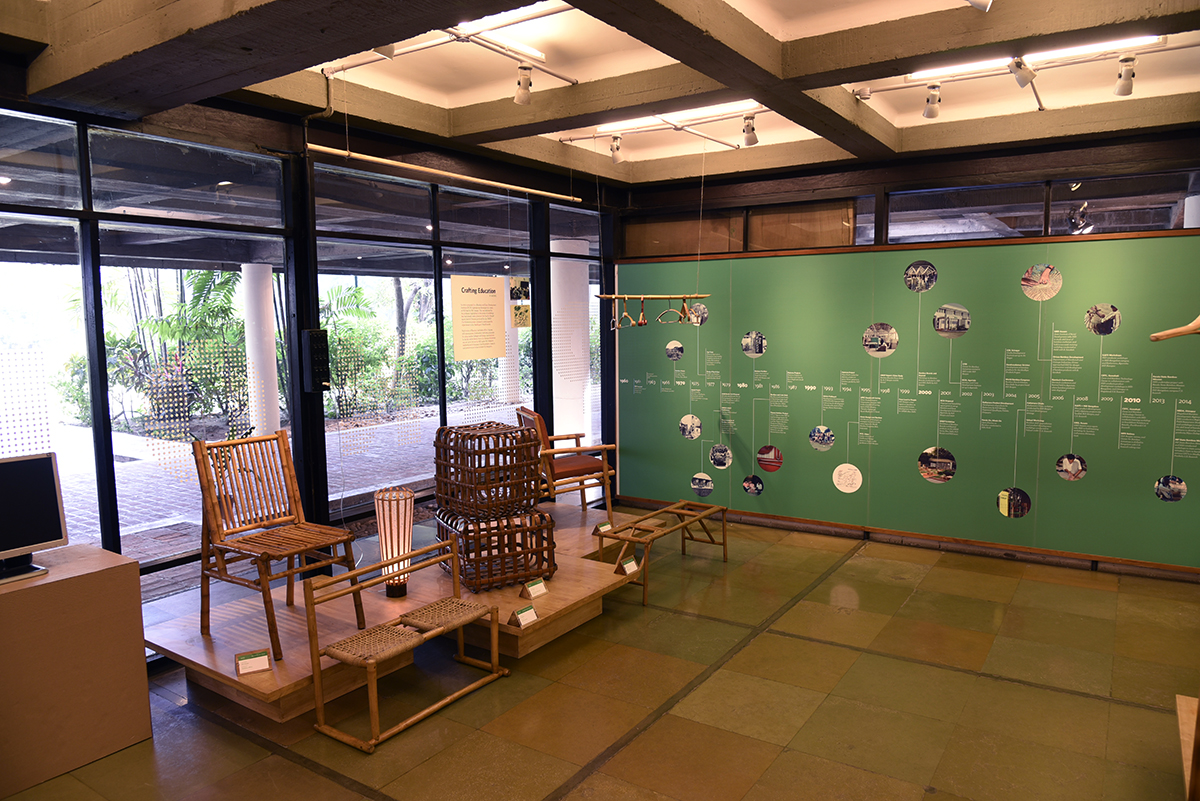
History of bamboo within design in India / NID Bamboo story / 2016
Telling the story of bamboo as a material within design in India with artefacts from the rich archive of the National Institute of Design.
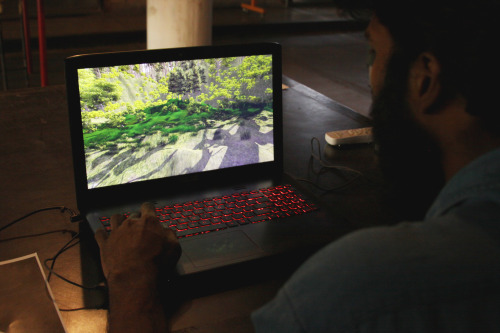
Speculative storytelling through virtual worlds / Virtual Narratives / 2018-2020
The advent technologies such as game engines and digital photogrammetry have lowered the barrier to entry for many to tell stories in mediums such as games, movies, virtual reality and augmented reality.
Thread
Digital Fabric
I started learning to code in high school and at first, I didn't quite understand how it would be useful. But then I realised I could finish my art assignments rapidly using generative art, and since then I've come to see coding as an incredibly useful skill. The ability to use a computer to do what I want, in the way I want to, is fascinating experiences. Giving instructions to this artificial thinking machine has opened up possibilities for doing things I still cannot fully comprehend.
The ability to code is the ability to influence, change, and play with what I call the Digital Fabric. It has given me the capability to work with almost any kind of digital medium.
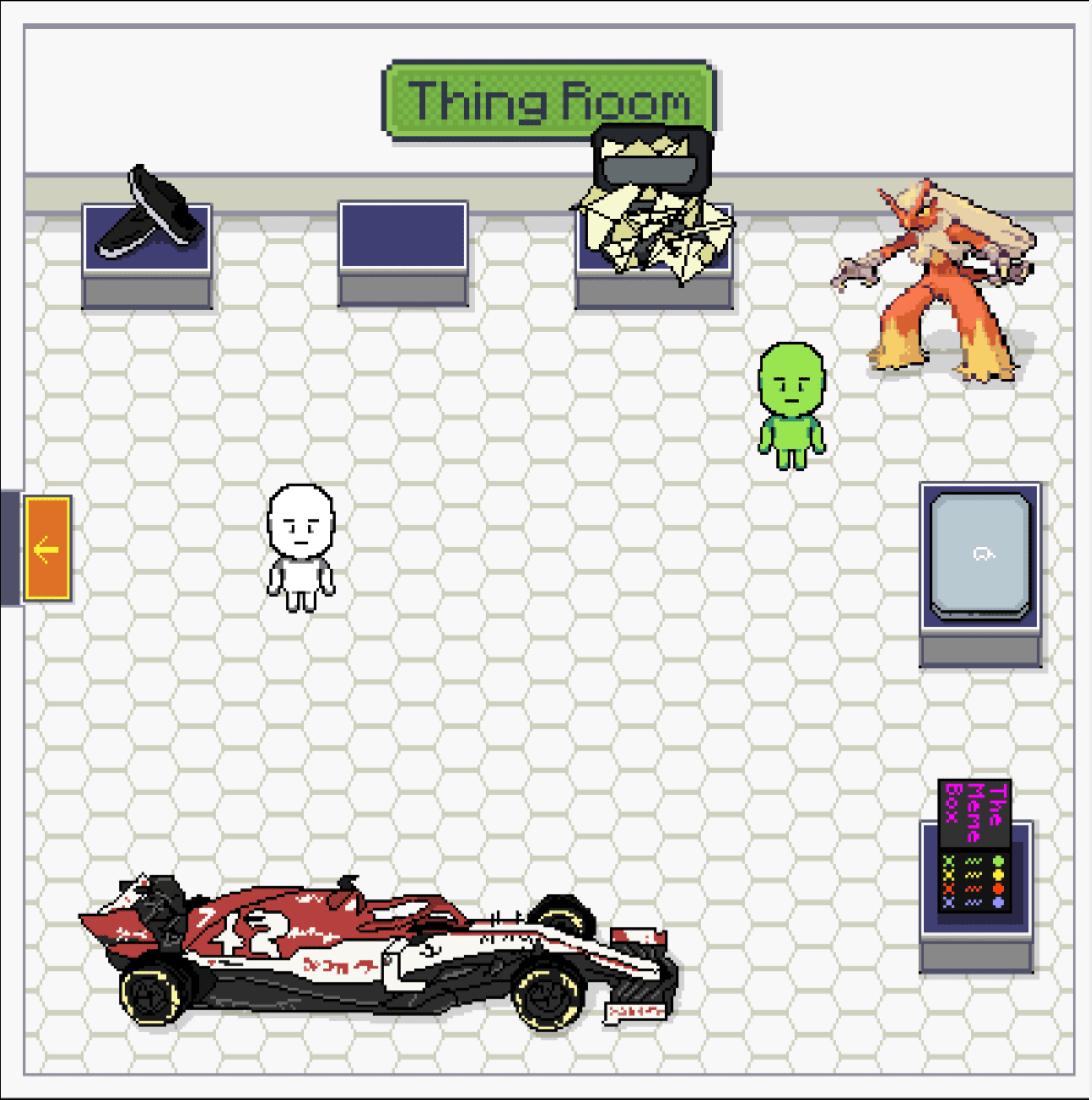
An ode to myself / Museum of Salil / 2020
Game development is an incredible medium, one of the very few which demands mastery in all forms of digital arts: code, visuals, sound, interaction, and much more. The process of creating this simple game was far more enjoyable and enlightening than the end result.
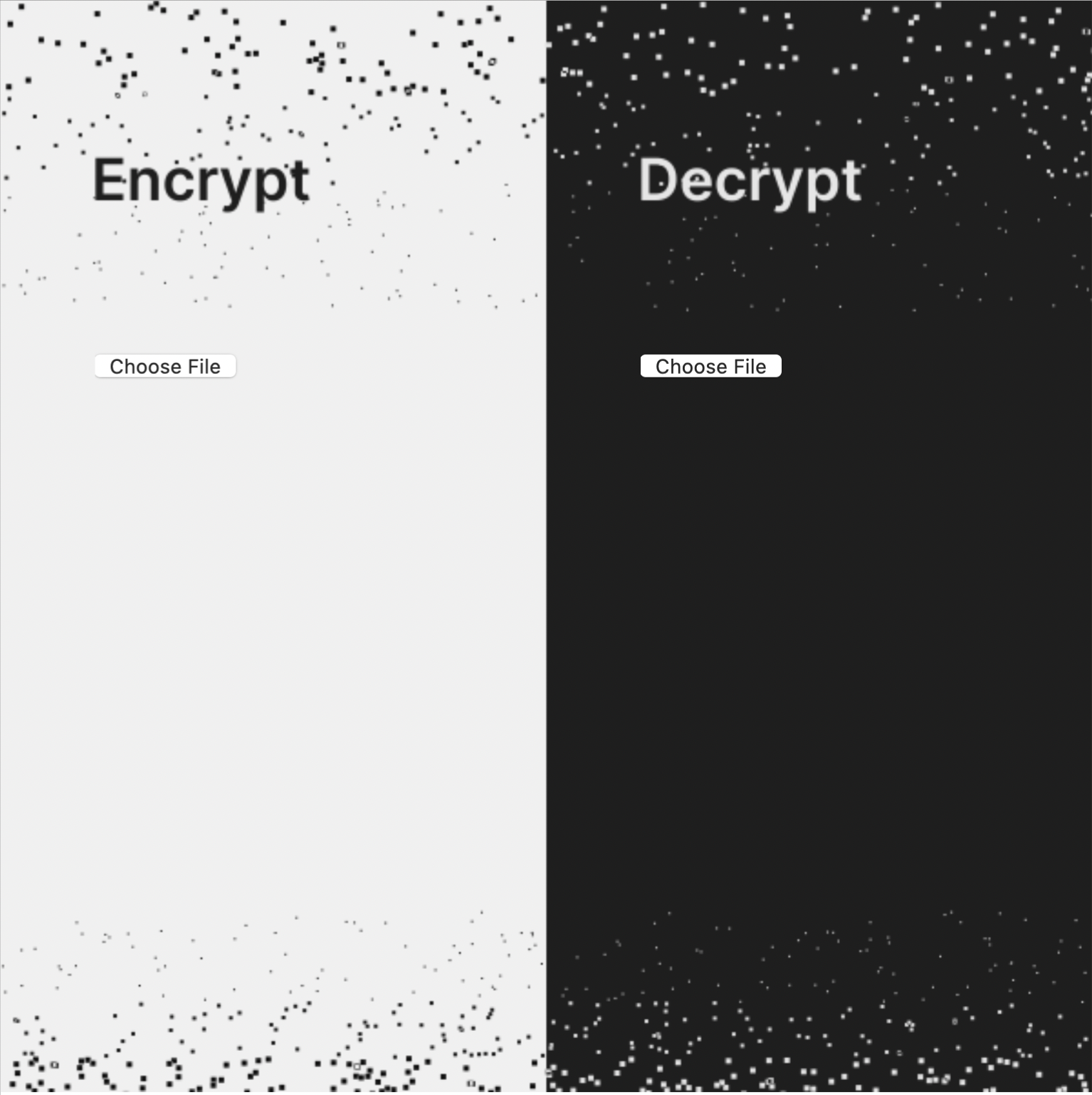
Lo-fi encryption / Pixelcryption / 2020
As digital surveillance tools become ever more complex and far reaching, the best way to escape the dragnet is to create your own encryption tools. 'Pixelcryption' is a lo-fi custom encryption toolkit which uses pixel level encryption to code messages into images.
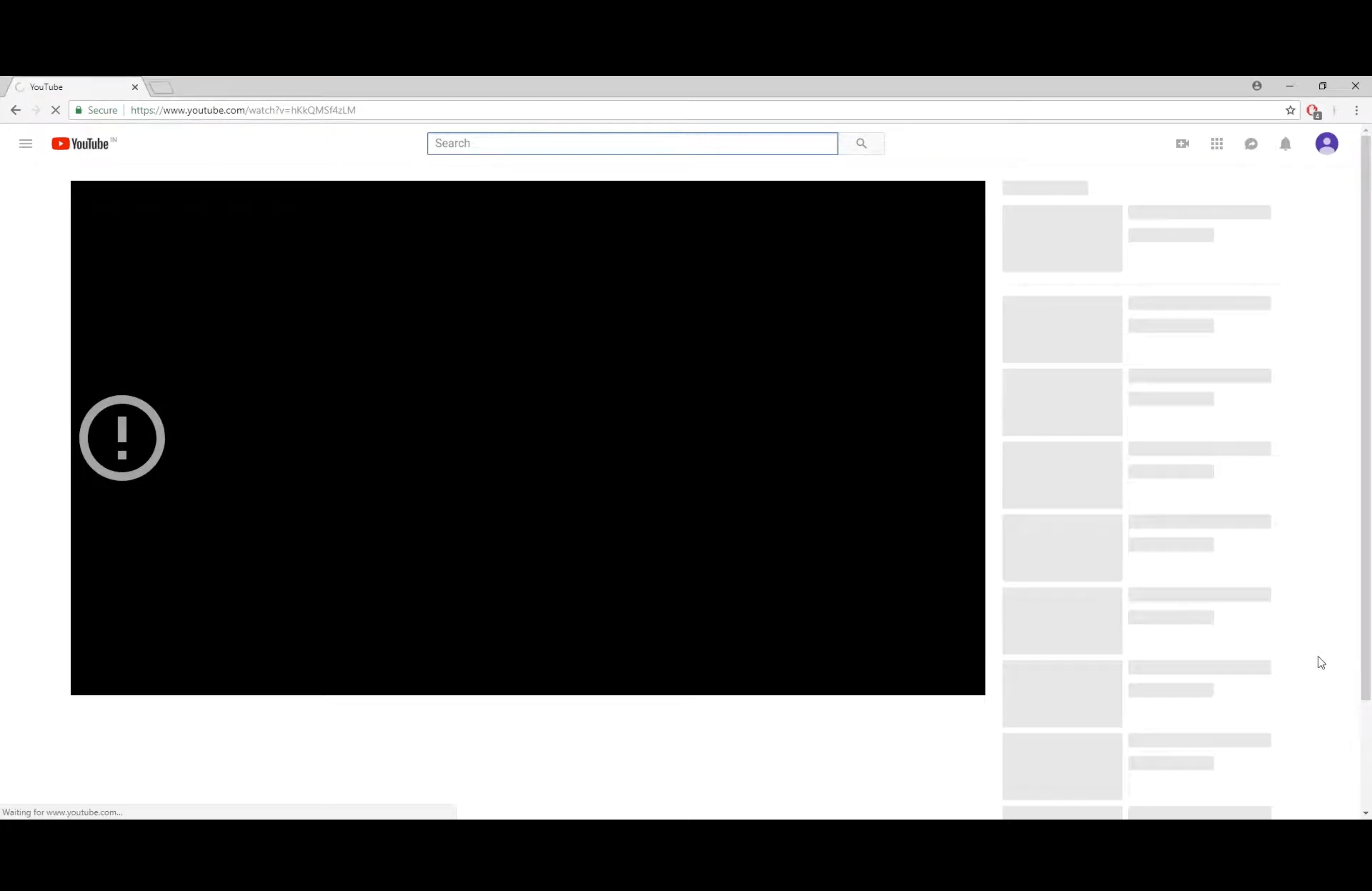
Pushing Youtube to its very limits / Gaming Youtube's Algorithms / 2018
I went to war with the Youtube recommendation algorithm and won. In order to understand the workings of the algorithm I created a script to binge watch Youtube for me, with the intent of seeing where the recommendation would take me.
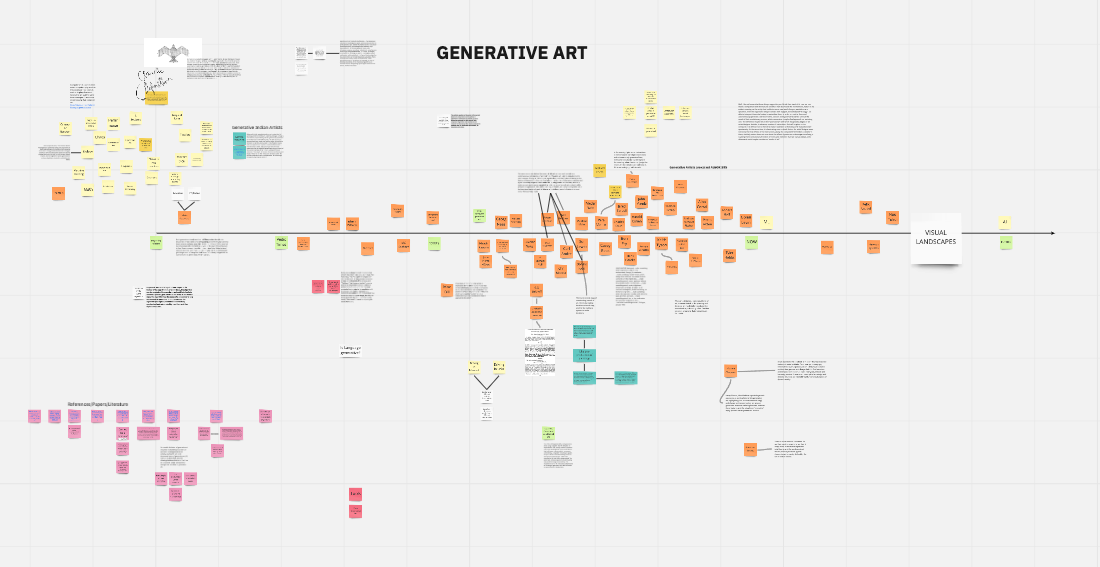
The Future of Art is already here / Future of Generative Art / 2019
I predicted the next dominant art movement will be largely driven by computers in 2019 and everyday that passes by in 2022 is proving me right. I also thought NFTs will never happen.
Thread
Design Thinking
Right after graduating from the National Institute of Design, having studied Exhibition Design, I wanted to get a better understanding of 'Human-Centred Design (HCD)'. So, I started working at Quicksand, a design thinking and innovation consultancy. Very quickly I realised that it was in fact, exactly what I wanted to be doing. The HCD process is a multifaceted one, which is continuously evolving. The entire process, from research all the way to prototyping is incredibly exciting. Not only is there so much to do, but also so much to learn! The opportunity to work with different people, different cultures, and different environments is what makes this so fulfilling.
There are so many projects I'd love to share–but unfortunately, they are confidential.
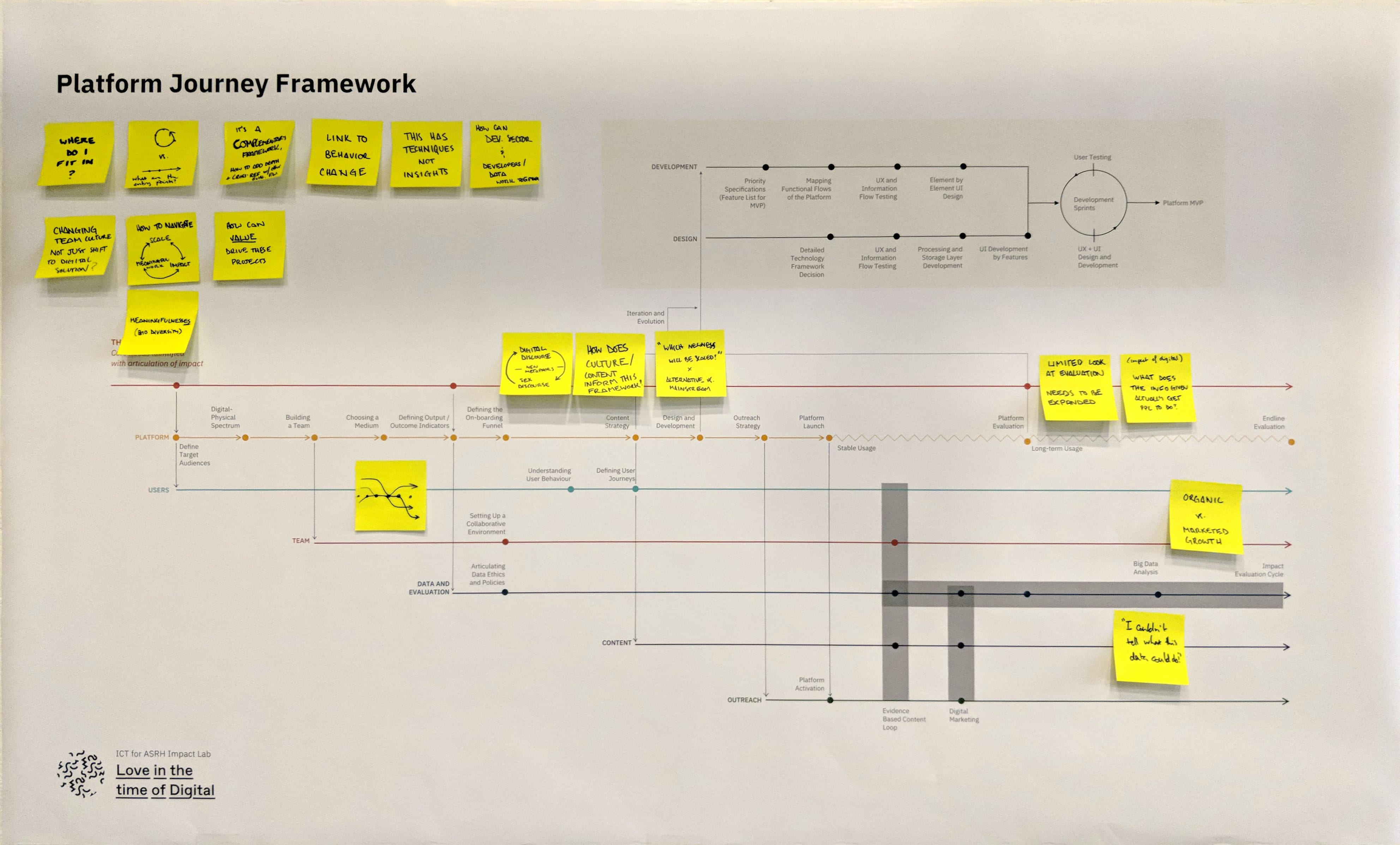
Supercharging ASRH in the digital era / Love in the Time of Digital / 2019
The internet is a space which continues to be very effectively used by advertising and tech companies–what if their ways of working and using the internet and other digital tools and spaces can be leveraged by organisations in the adolescent sexual and reproductive health sector to boost the effectiveness of their platforms and activities?
Thread
Physical Computing
Using a push-button to light up a small LED isn't the most engaging activity and my outlook toward physical computing wasn't great. But I stuck at it, as I was fascinated with the idea of giving physical objects a 'software', or programming something outside the boundaries of a screen. Soon I realised that I could give objects a 'life' and tell stories using these active objects. Working with base level electronics has given me a much better understanding of how digital technology at large functions, and more importantly, how I can make things for myself. Making bespoke tools and objects not only for various custom projects, but also to build hardware and software stacks independent from Big Tech.
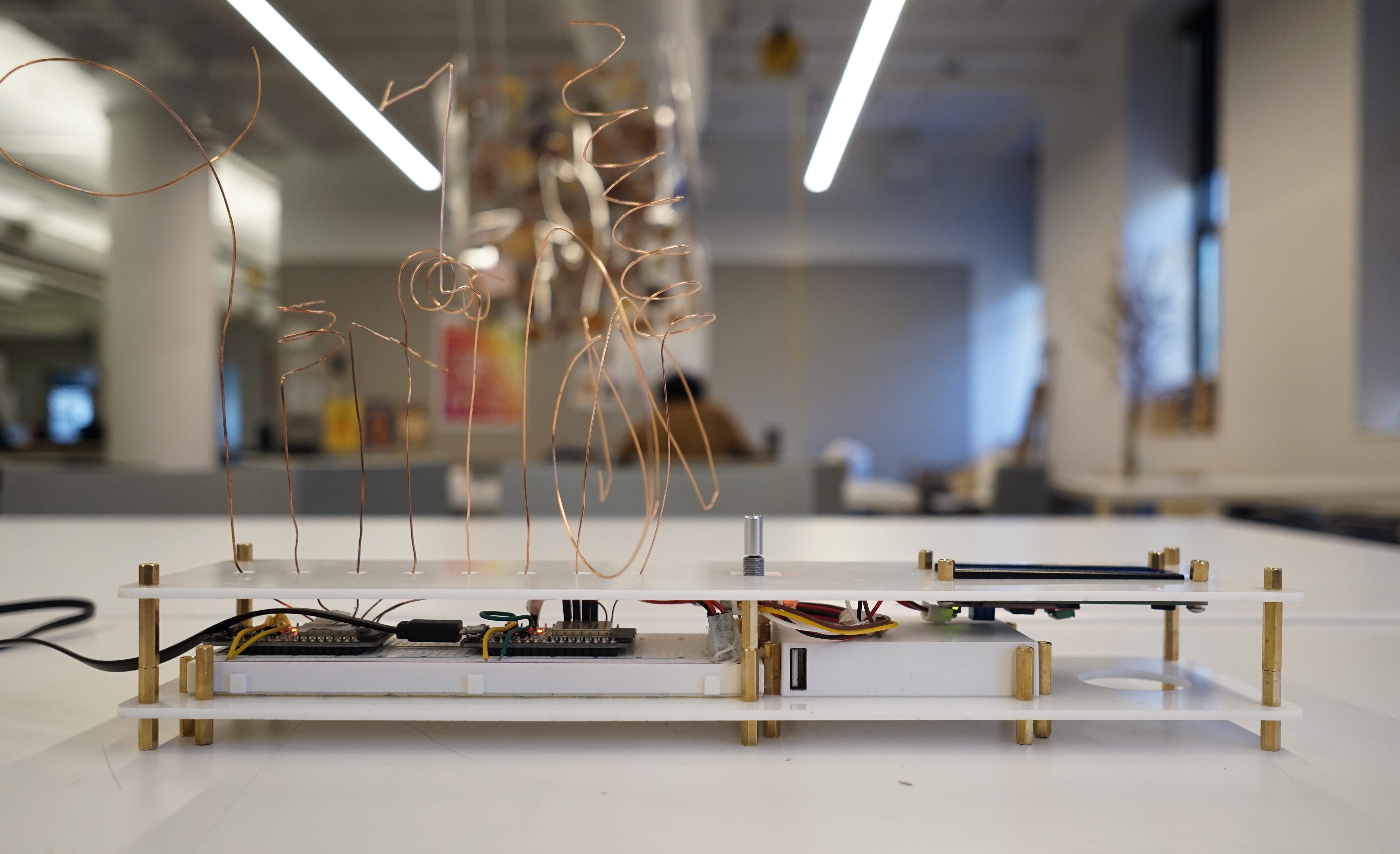
Electronic Dark Arts / EMF Controller / 2021
This controller detects changes in the electromagnetic field, which is effectively the language of electronic devices. The device provides an interface to the world of electronic chatter, which is otherwise invisible to humans.
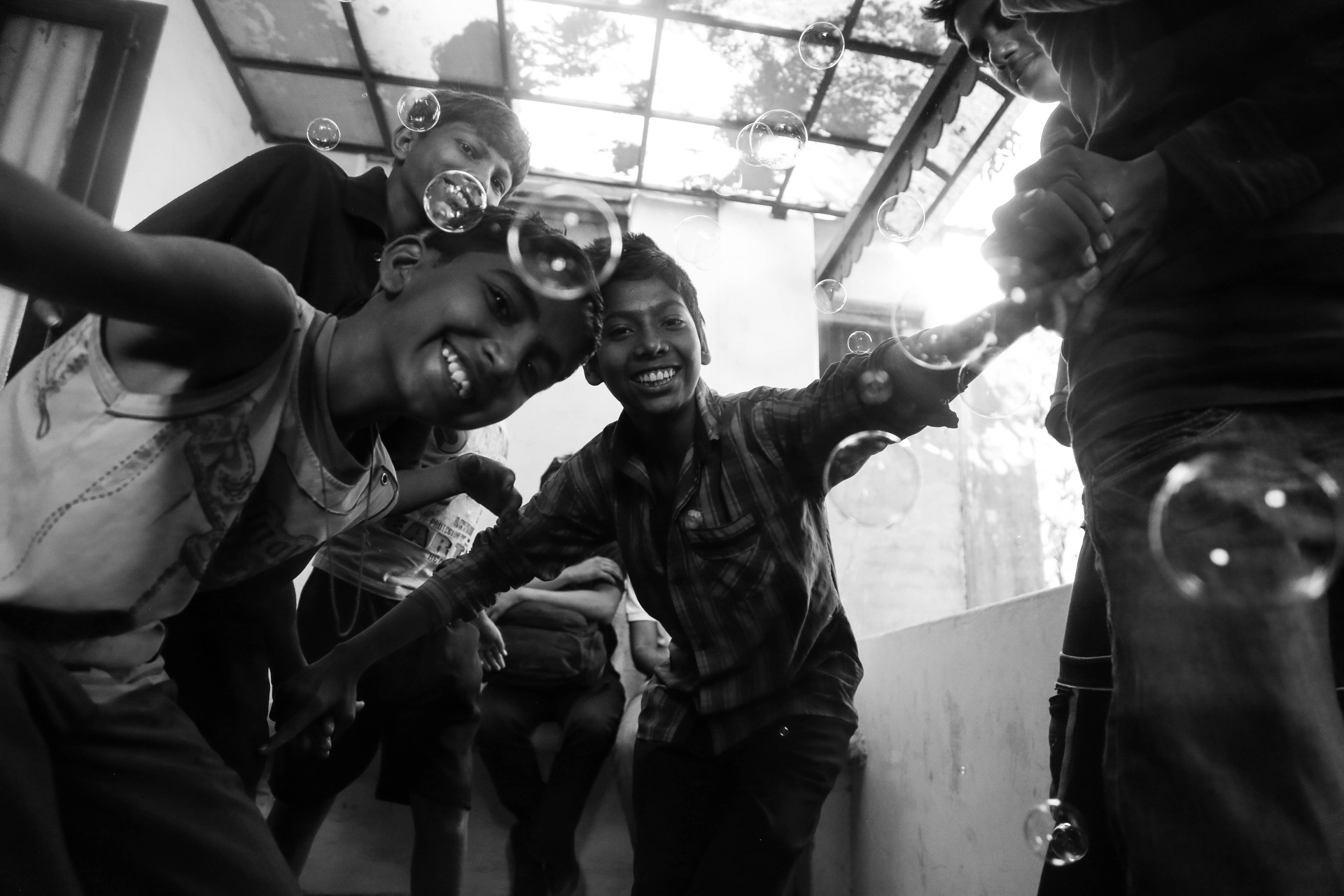
Bubbles! / Bubbles–Connecting Pols / 2016
This installation creates bubbles when people in the room hold hands and make an unbroken chain with the machine. The moment the chain breaks, the bubbles stop. Simple, yet very effective.
